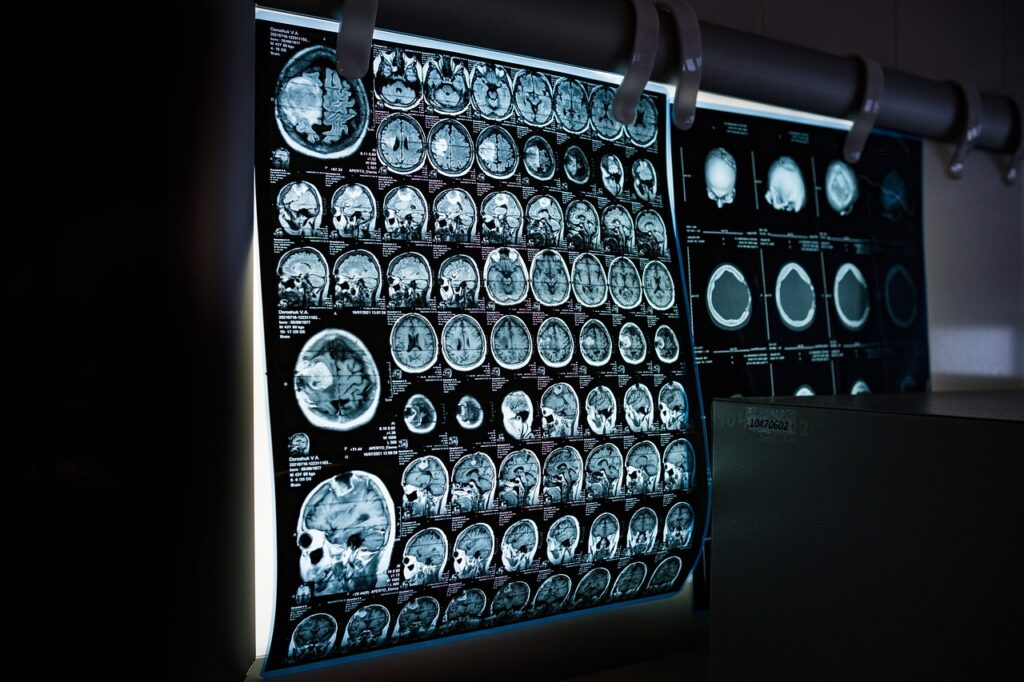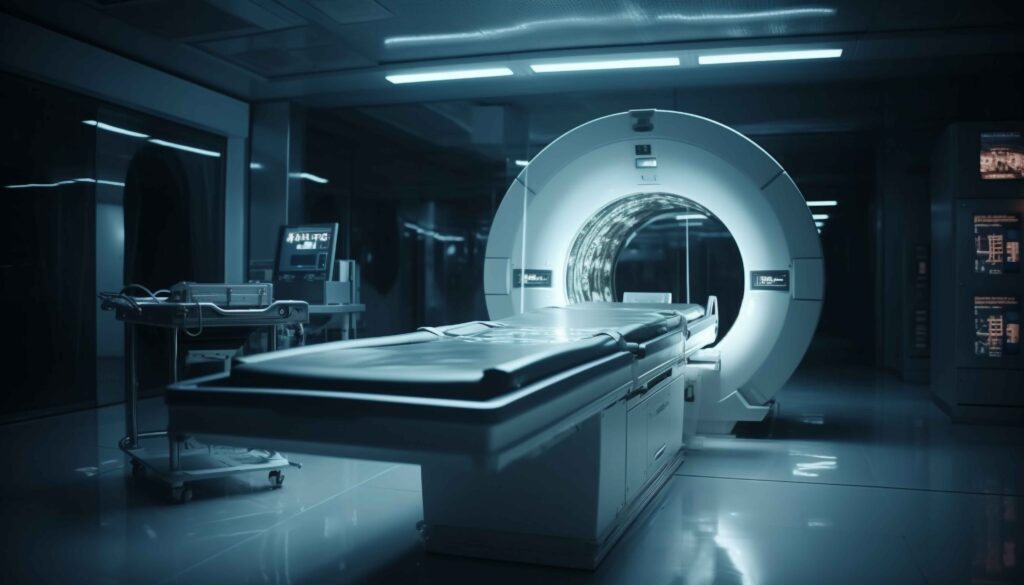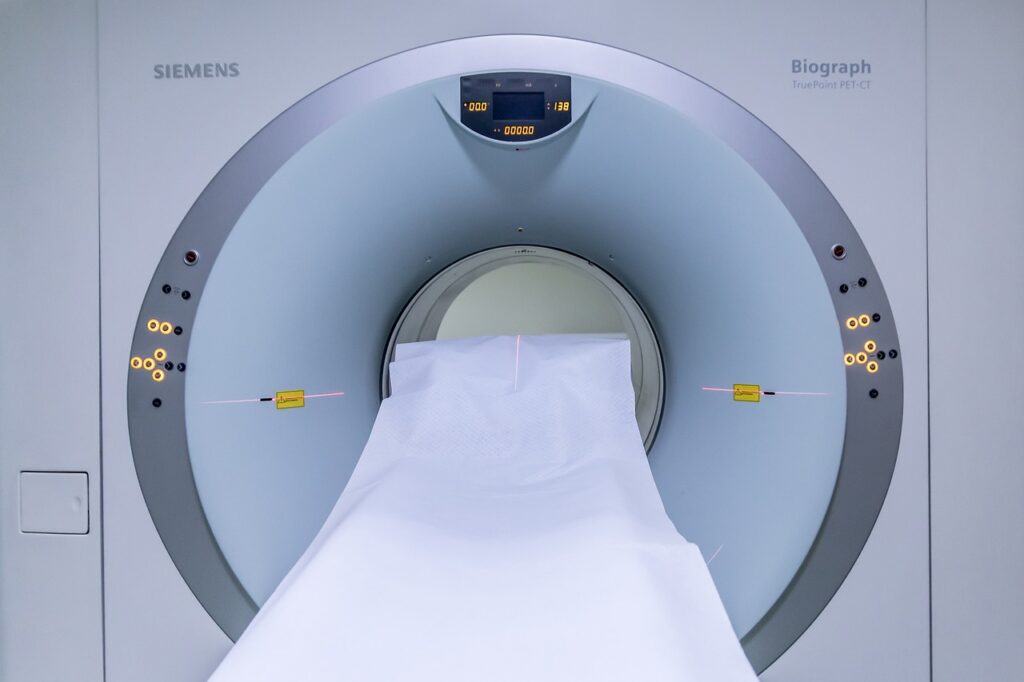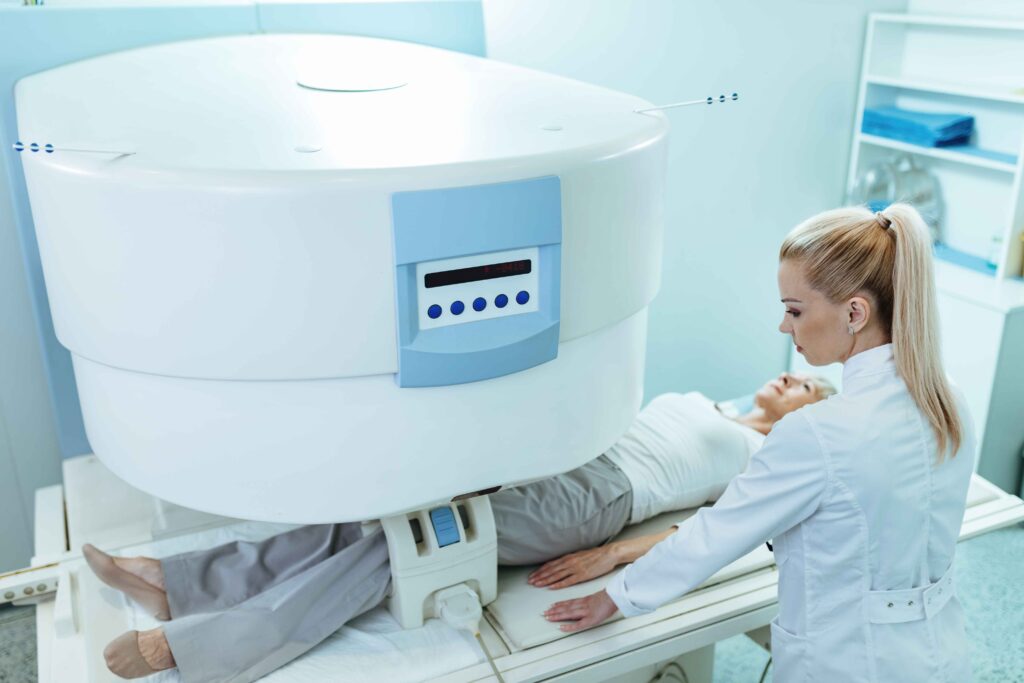In a world where technology is revolutionizing every facet of healthcare, magnetic resonance imaging (MRI) stands at the forefront, transforming how we visualize and understand the human body. Gone are the days when MRIs were merely complex machines taking static images; today’s innovations have paved the way for dynamic diagnostics that not only enhance image clarity but also improve patient outcomes.
From advanced algorithms that speed up scan times to hardware that minimizes discomfort, each leap in MRI tech brings us closer to unlocking deeper insights into our health. Join us as we delve into the fascinating technological advancements behind MRI systems and discover how these breakthroughs are reshaping diagnostics for patients and practitioners alike!
Introduction to MRI Technology

Magnetic Resonance Imaging, commonly known as MRI, has revolutionized the way we approach diagnostics in healthcare. This remarkable technology allows medical professionals to visualize intricate details of the human body without invasive procedures. As innovations continue to unfold, MRI technology is not just enhancing diagnostic accuracy but also improving patient outcomes. With each advancement, we’re unlocking new possibilities for understanding health and wellness conditions for tailoring treatments.
To delve into its rich history and significance in modern medicine. From how it works to the essential role played by MRI technicians—the heartbeat of this process—we’ll reveal what sets MRI apart from other imaging modalities. Join us on this journey through technological marvels that are reshaping diagnostics and ultimately changing lives for the better.
History of MRI and its Role in Healthcare
The journey of MRI technology began in the late 20th century. In 1971, Dr. Raymond Damadian discovered that cancerous tissues exhibited different magnetic properties compared to healthy ones. This pivotal moment laid the groundwork for a revolutionary diagnostic tool.
By the late 1970s, researchers like Dr. Peter Mansfield and Dr. Paul Lauterbur expanded on these concepts, crafting images using magnetic resonance principles. Their work earned them recognition and accolades, cementing MRI’s place in medical diagnostics.
As MRI technology evolved in healthcare, it transformed how physicians diagnose complex conditions without invasive procedures. Clinicians could visualize soft tissues with remarkable clarity.
Today, MRI is integral to various specialties—from neurology to orthopedics—offering insights into diseases that were once challenging to detect. It has reshaped patient care by providing non-invasive options while enhancing accuracy in diagnosis and treatment planning.
Importance of MRI Techs in Diagnostic Processes

MRI tech plays a crucial role in the diagnostic landscape. They are the skilled professionals who operate MRI machines, ensuring that patients receive safe and effective imaging.
These technicians possess a keen understanding of anatomy and pathology. This knowledge allows them to capture high-quality images essential for accurate diagnoses. Their expertise is vital in identifying conditions like tumors, brain disorders, and spinal injuries.
Moreover, MRI tech acts as a bridge between patients and radiologists. They explain procedures clearly, easing patient anxiety while providing critical information about symptoms and medical history.
Their attention to detail ensures that every scan meets rigorous standards. This precision not only enhances image quality but also contributes significantly to treatment planning for various health issues.
In an ever-evolving field like healthcare, the role of MRI tech becomes increasingly important as they adapt to new technologies and methodologies in diagnostics.
Role of an MRI Technician: Education & Training Requirements
The role of an MRI technician is vital in the realm of medical imaging. These professionals operate MRI machines to capture high-quality images that aid in diagnosis and treatment planning.
Becoming an MRI tech requires specific education and training. Typically, candidates start with a degree in radiologic technology or a related field. This foundational knowledge equips them with essential skills related to patient care and safety protocols.
Following their initial education, aspiring technicians often pursue specialized training focused on magnetic resonance imaging. Many institutions offer certification programs that cover both theoretical concepts and hands-on experience.
Certification from recognized bodies, such as the American Registry of Radiologic Technologists (ARRT), enhances job prospects significantly. Continuous education is also crucial, keeping technicians updated on emerging technologies within MRI technology.
Ultimately, these dedicated professionals play a key role in ensuring accurate diagnostics through expert image acquisition while prioritizing patient comfort throughout the process.
Technological Aspects of MRI: How it Works

MRI technology operates on the principles of nuclear magnetic resonance. It harnesses strong magnetic fields and radio waves to generate detailed images of the body’s internal structures.
When a patient enters the MRI machine, hydrogen atoms in their body align with the magnetic field. Once aligned, radiofrequency pulses are applied, disrupting this alignment briefly. As these atoms return to their original state, they emit signals that are captured by the MRI scanner.
These signals are then processed by complex algorithms. This transforms them into high-resolution images that reveal intricate details about organs and tissues.
Different settings can highlight various types of tissue or abnormalities, making MRIs versatile for diagnostics. The non-invasive nature ensures patient safety while providing crucial insights for healthcare professionals.
Advancements in MRI Technology: 3D Imaging, Functional MRI
Recent advancements in MRI technology have revolutionized the way we visualize and understand the human body. Among these innovations, 3D imaging stands out as a game-changer. It allows healthcare professionals to view structures from multiple angles, providing a comprehensive perspective that enhances diagnostic accuracy.
Functional MRI (fMRI) is another breakthrough that measures brain activity by detecting changes in blood flow. This technique has opened new avenues for neuroscience, enabling researchers to map cognitive processes and identify abnormalities linked to neurological disorders.
Moreover, techniques like diffusion tensor imaging (DTI) improve our understanding of white matter pathways in the brain. Such detailed insights are invaluable for planning surgeries or assessing damage after traumatic injuries.
These enhancements not only elevate diagnostic precision but also play a vital role in personalized medicine. As MRI technology continues to evolve, its impact on patient care will only deepen further.
Impact of Technological Innovations on Diagnostics and Patient Care
Technological innovations in MRI have dramatically transformed diagnostics and patient care. With enhanced imaging capabilities, healthcare professionals can now identify conditions earlier and with greater accuracy. This advancement means that treatments can begin sooner, improving patient outcomes.
Moreover, the integration of artificial intelligence into MRI technology for faster image analysis. Radiologists can focus more on interpreting results than on manually scanning images. This efficiency reduces wait times for patients, leading to quicker diagnosis.
Patient comfort has also seen improvements through advancements like open MRI machines. These designs alleviate anxiety for claustrophobic individuals while still providing high-quality images.
Furthermore, mobile MRI units are making services accessible to remote areas where traditional facilities may be lacking. This accessibility ensures that more people receive necessary medical attention without significant travel burdens.
Challenges and Limitations of MRI Technology

MRI technology, while revolutionary, has its share of challenges and limitations. One significant issue is the high cost associated with acquiring and maintaining MRI machines. This often restricts access in smaller healthcare facilities.
Another hurdle involves patient experience. The enclosed space of an MRI scanner can induce anxiety or claustrophobia in some individuals, leading to difficulties during scans.
Additionally, certain patients may not be eligible for MRI due to implanted medical devices or severe obesity limits that hinder their ability to utilize standard machines effectively.
Image quality can also vary based on factors like motion artifacts caused by involuntary movements during scanning. These issues can affect diagnostic accuracy.
Lastly, there’s a steep learning curve for technicians when it comes to operating advanced systems and interpreting complex images fully. Continuous education remains crucial as innovations emerge within the field of MRI technology.
Future Advancements in MRI Tech
The future of MRI technology is brimming with possibilities. Researchers are exploring the integration of artificial intelligence to enhance image analysis and diagnostics. This could significantly reduce the time taken for interpretation, leading to quicker treatment decisions.
Another exciting avenue is portable MRI machines. These innovations would allow imaging in remote locations or even at patients’ homes, making healthcare more accessible.
Moreover, advancements in contrast agents promise clearer images without adverse effects. This can lead to improved accuracy in detecting diseases early on.
Quantum technologies may also revolutionize MRI tech by increasing resolution and reducing scan times dramatically.
As innovation continues to unfold, one thing remains clear: the role of MRI in healthcare will only expand, improving patient outcomes and revolutionizing diagnostic practices for years to come.
Conclusion: The Continued Evolution of MRI
The journey of MRI technology has been nothing short of remarkable. From its inception to the advanced systems we have today, the evolution reflects a commitment to enhancing diagnostics in healthcare. As innovations continue to emerge, they promise improved accuracy and efficiency in medical imaging.
MRI tech plays a vital role not only for diagnosing conditions but also for guiding treatment strategies. The integration of advancements like 3D imaging and functional MRI showcases how far the field has come and hints at future possibilities that could revolutionize patient care even further.
As challenges persist, such as accessibility and cost-effectiveness, ongoing research aims to overcome these barriers. The collaboration between engineers, technologists, and healthcare professionals fosters creativity in this domain.
Looking ahead, the potential for MRI technology remains vast. Each leap forward brings new hope for better outcomes in patient diagnosis and management. As we embrace these changes, it’s clear that MRI will continue shaping the landscape of modern medicine profoundly.


